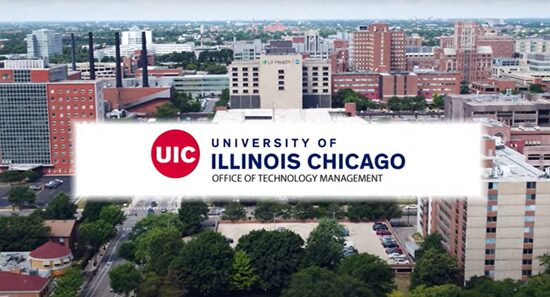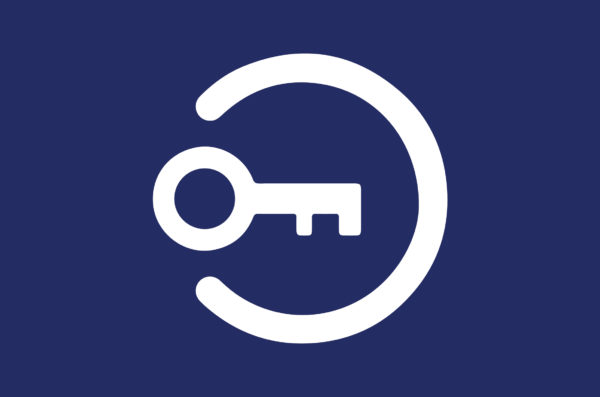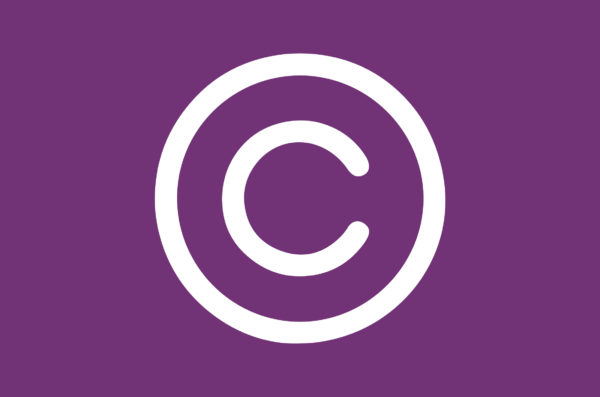Submit Your Idea!
Do you have a good idea?
Is your idea:
- A research tool, a piece of software, a database, or a written curriculum?
- Do you have a prototype?
- Is it non-obvious, novel and useful?
- Have you performed cell studies or animal studies?
The OTM staff is experienced in screening innovations for potential commercial use. After the screen, our tech managers will sit down and provide a report of findings and work with our University innovators on a strategy for commercialization. This strategy may involve transferring knowledge and intellectual property rights to an outside entity interested in further developing the innovation, or it may involve helping a lab member create a startup venture based on University research.
Submit Your Innovative Idea!
Disclosure Form
Learning courses
Things to Note
What is a disclosure?
A disclosure is a description of your innovation – what is it? How does it work? Who will use it? Why is it better? Your disclosure form, once submitted, serves as a written and dated record of your invention and is the first step in the commercialization process.
Why should you submit your idea?
According to University General Rules Article III, Section 7, all intellectual property created by any University employee in the performance of employee duties at the University or using University facilities, equipment or funds, is owned by the University and must be disclosed. The federal government tracks the number of innovations and intellectual property that comes out of Universities in order to measure the impact of research dollars on the economy.
In addition to these rules and regulations, the OTM staff is experienced at navigating the complex route a new innovation must take to become a commercial product available to society.
Who can disclose?
All University members (faculty, staff, and students) may submit ideas and innovations.
When should you disclose?
Submit a disclosure when you have a clear concept and before making a public disclosure, such as submitting an abstract, publication, presentation, poster, or having a discussion with a third party about the concept.
Please note:
- If you’re going to submit or present a paper in the next few weeks, contact OTM immediately. If the invention has commercialization potential, a provisional patent application can be filed in a short period of time. If a patent application is not filed, foreign rights will be lost.
- If you make a public disclosure that allows someone “skilled in the art” to conclude what the invention could be used for, it may prevent us from gaining an issued patent.
- Invention disclosure is not a guarantee of an issued patent, but only our right to file for one.
How to get started?
Download and complete the UIC disclosure form. You will need the latest version of Acrobat Pro installed on your computer. You may download it for free from the UIC store.
Follow the instructions in the Step-by-step guide and submit the form with any supporting documents to OTMSubmission@uic.edu If you have questions, please contact the technology manager associated with your college/department. We’re standing by, ready to help.
Planning ahead?
Investigators should adequately plan for the possibility of the creation of intellectual property during the course of research using the guidelines below:
- Keep good laboratory records
- Use permanently bound notebooks
- Make legible and complete entries
- Update in ink.
- Record the date and initials/names of the contributor on each page including sketches, photos or other additions.
- Use a new page for new experiments.
- Use a diagonal line to mark out blank portions of pages.
- If you make an error in the entry, draw a single line through with an initial and date. Don’t erase or completely cross it out.
- Record all observations, even if the significance is not known.
- Record any thoughts on future experiments that should be done.
- Other data from equipment should be entered when possible and with handwritten initials and date.
- Electronic/computer files, diskettes, and similar data may be useful, but do not carry as much proof as the lab record because they may be easier to alter.
- Have the records “witnessed” with signature and date by someone who can understand the science or content. Do not use coworkers, supervisors, or other collaborators in the research. An objective witness is best.
Understand the terms and provisions of your sponsored research. Usually, sponsors have the option to license inventions created under the research contract within the time limit of a few months.

Want to know more?
Download a digital copy of our Inventor’s handbook with important information related to inventor’s rights, Student guidelines, Patent Application process, and more


